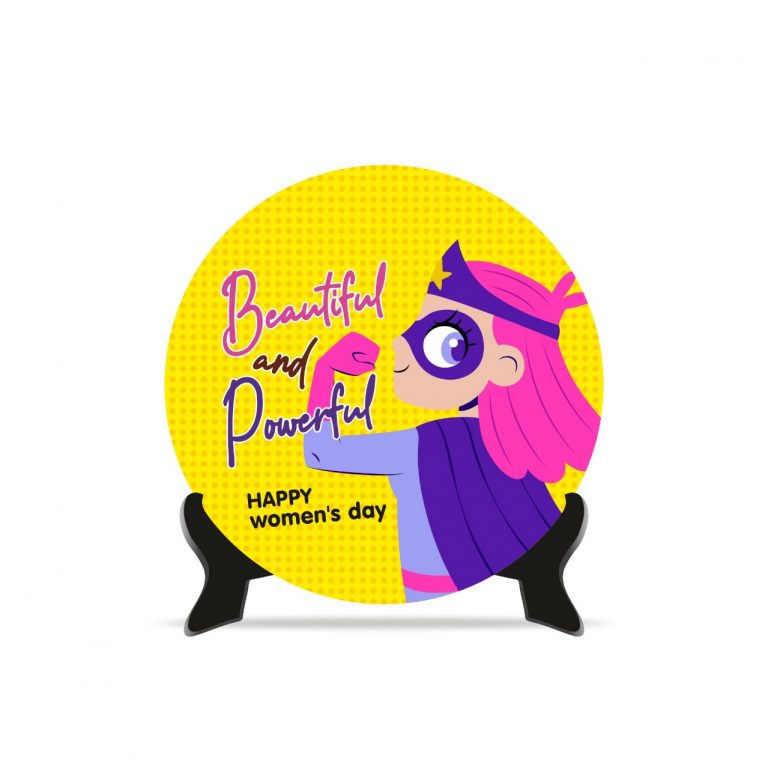The Silent Crisis in Your Workplace
A new workplace trend is quietly reshaping how we think about employee engagement: quiet quitting. It doesn’t involve handing in a resignation letter or storming out-it’s more subtle and, in many ways, more dangerous . Employees are still physically present but emotionally checked out. They’re doing the bare minimum, avoiding extra effort, and refusing to go beyond their job descriptions.
This phenomenon has serious implications, especially when it involves top performers disengaging. These are the employees you rely on most-your high achievers, your go-to leaders. When they begin to retreat silently, productivity drops, team morale suffers, and your employer brand takes a hit.
In this article, we’ll explore what quiet quitting really means, the signs of quiet quitting, and why even your best people might be slowly pulling away from the organization.
What Is Quiet Quitting?
Quiet quitting isn’t about leaving the company-it’s about leaving behind the hustle culture. It’s when employees decide to set clear boundaries around their work. They stop volunteering for extra tasks, avoid overtime, and disengage emotionally from company goals.
At first glance, this may seem like laziness. But it’s more often a response to burnout, lack of recognition, or feeling undervalued. Many employees are rethinking the idea that their job should consume their identity. Instead, they choose to do only what they are paid for-and nothing more.
It becomes particularly concerning when you notice top performers disengaging in this way. These individuals often set the tone for others. When they quietly quit, it sends ripples through the culture.
1. Sudden Drop in Initiative
One of the most common signs of quiet quitting is a noticeable decline in initiative. Employees who previously took charge, led meetings, or brainstormed solutions now stay silent. They no longer raise their hands or propose improvements. Work becomes transactional-just tasks to be completed, nothing more.
This is especially worrisome when it involves top performers disengaging. These are usually your most proactive team members. A drop in their initiative isn’t just about their workload-it reflects a loss of emotional connection with the organization.
If your high-potential employees stop going above and beyond, it’s time to pay attention to whether quiet quitting is creeping into your culture.
2. Decreased Participation in Collaboration
Collaboration is the lifeblood of modern workplaces. When team members stop contributing meaningfully to discussions, brainstorming sessions, or shared projects, it’s one of the subtle but clear signs of quiet quitting.
This withdrawal can stem from frustration, lack of recognition, or a sense that their voice doesn’t matter. And again, if you notice top performers disengaging from collaborative efforts, the problem is deeper than it appears. They may be protecting their time and energy in environments they feel are unrewarding.
In the long run, this harms team synergy, slows innovation, and leads to widespread disengagement.
3. Minimal Compliance with Expectations
Another red flag that points to quiet quitting is when employees start doing only the bare minimum. They meet deadlines but don’t deliver creative solutions. They attend meetings but rarely contribute. They complete tasks but don’t follow up.
This pattern becomes damaging when it’s not just average performers but top performers disengaging from excellence. These employees often lead by example. When they start coasting, others take that as permission to lower their standards too.
It’s important to note that quiet quitting doesn’t always mean underperformance. Tasks are still being done-but without heart, without ownership, and without initiative.
4. Emotional Withdrawal and Disengagement
If you’ve noticed someone who was once enthusiastic now appears emotionally flat or distant, that could be one of the clearer signs of quiet quitting. They may avoid informal conversations, skip social events, or stop celebrating team wins.
For top performers disengaging, this shift is even more pronounced. These are often people who bring energy and passion into the room. When their enthusiasm fades, it’s not just about mood-it reflects a deeper shift in engagement.
Related Posts
Unchecked emotional withdrawal leads to long-term cultural damage. When the people who once inspired others stop caring, the entire team’s motivation may follow.
5. Increase in Absenteeism or “Presenteeism”
Absenteeism-taking more sick days or logging in late-is one of the common signs of quiet quitting. But equally harmful is “presenteeism,” where employees show up but don’t contribute meaningfully.
This pattern can be difficult to spot, especially with remote or hybrid teams. But if top performers disengaging are frequently unavailable for calls, late on deliverables, or indifferent in meetings, take it seriously.
These employees may not be leaving physically, but they’ve mentally and emotionally checked out-one of the hallmarks of quiet quitting.
Why Even Top Performers Quietly Quit
So, why are your best people disengaging?
There are several reasons for top performers disengaging, including:
- Lack of recognition or appreciation
- Overload without adequate support
- Limited career progression or unclear goals
- Poor leadership or toxic team environments
- Misalignment with company values or purpose
Often, quiet quitting is a defense mechanism. High achievers burn out when they feel taken for granted. If they see no path for growth or sense their efforts aren’t valued, they begin to emotionally disengage.
Ironically, these employees are the least likely to speak up. They suffer in silence-until their performance drops, or they quietly walk out the door.
How to Address Quiet Quitting Proactively
To prevent quiet quitting, organizations must shift from reactive management to proactive engagement. That starts with leadership.
Here’s how:
- Listen actively: Conduct regular check-ins and confidential surveys to uncover hidden concerns.
- Recognize consistently: Appreciation, when personalized and timely, keeps motivation alive.
- Clarify roles and goals: Uncertainty leads to disengagement. Help employees see how their work matters.
- Offer development paths: When top talent sees growth opportunities, they stay committed.
- Build inclusive culture: Everyone should feel heard, respected, and valued.
Remember, most top performers disengaging aren’t doing so because they want to leave-they’re doing it because they no longer see a reason to stay fully engaged.
Conclusion: Quiet Quitting Is Loud in Impact
Quiet quitting may be silent, but its consequences are loud. Reduced innovation, declining morale, and increased turnover all stem from emotional disengagement. And when it’s top performers disengaging, the risk is amplified.
By recognizing the signs of quiet quitting early and taking meaningful steps to re-engage employees, organizations can retain their best talent, strengthen culture, and build workplaces where people don’t just survive-they thrive.
At Amazing Workplaces®, we help companies uncover engagement gaps and transform them into strengths. If you suspect quiet quitting is happening in your teams, it’s time to act-not later, but now.
Disclaimer: The views, data and case studies we publish on our website are purely based on publicly accessible information and organizational disclosures. Amazing Workplaces® does not take a position on any legal or regulatory matters concerning any information available on our website.










